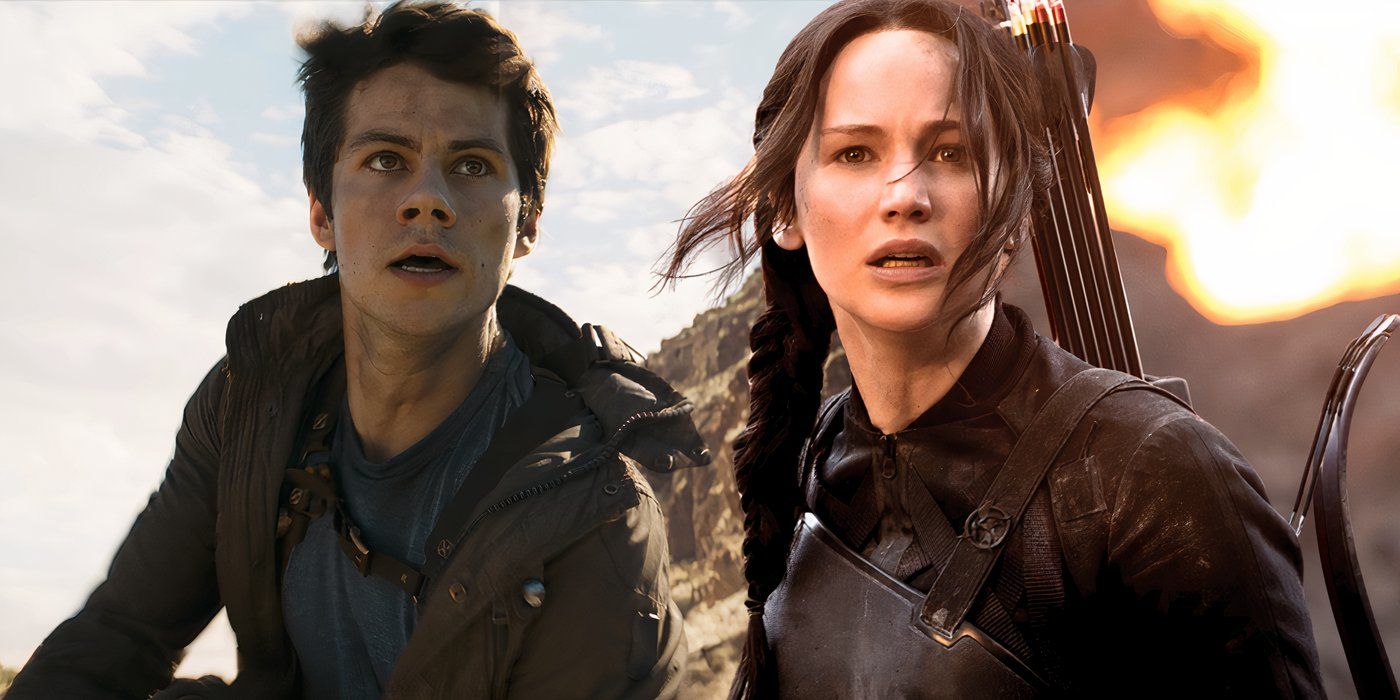
In the 2010s, there was a significant surge in popularity for dystopian stories aimed at young adults. After the triumph of “The Hunger Games”, Hollywood started producing numerous film adaptations based on books that centered around teenagers living in a post-apocalyptic world. At first, these films were successful at the box office, but as time passed, the fascination with young adult dystopian tales seemed to wane.
Despite many movies from that era falling short compared to the success of the Hunger Games series, one film trilogy deserved more recognition than it got. This trilogy presented a fresh perspective on the genre, but even though the first movie performed well enough for two sequels, the franchise never met the studio’s or audience’s expectations. However, given that this trilogy is seven years old, there are still many aspects of the films to admire, and any aficionado of the genre should definitely consider watching it.
The Hunger Games Started the YA Dystopian Craze
The Early 2010s Saw Several Book to Movie Adaptations of the Genre
As the popular Harry Potter and Twilight movie series were wrapping up, there was a significant demand for film franchises focusing on young adults. The Hunger Games was strategically released at this time, captivating many fans who had grown accustomed to the Harry Potter and Twilight sagas. Following the success of the first Hunger Games movie, more young adult dystopian films started appearing in theaters, such as Divergent, The Host, and The Maze Runner.
| Film | IMDb Rating |
| The Hunger Games | 7.2 |
| Divergent | 6.6 |
| The 5th Wave | 5.2 |
| Ready Player One | 7.4 |
The initial “Hunger Games” movie was made with a production cost of $78 million, earning an astounding box office revenue of $695.2 million, and its sequel even surpassed this with $865 million. This sparked interest among Hollywood producers about the popularity of such narratives. However, numerous subsequent films in the genre failed to hit the mark, often concentrating excessively on the dystopian environment rather than exploring deeper themes or narrative depth. While “The Maze Runner” made a reasonable effort, it struggled to match the impact left by the groundbreaking “Hunger Games”.
The Maze Runner Novels Featured a Compelling Narrative
James Dashner’s Original Trilogy Introduced Thomas and the Glade
Following the tremendous achievement of “The Hunger Games”, adapting “The Maze Runner” books into a new Young Adult Dystopian series seemed fitting. Penned by James Dashner, these novels present a post-apocalyptic landscape ravaged by enormous solar flares leading to catastrophe. The story revolves around Thomas, Teresa, and a band of teenage boys who are striving to escape the clutches of the WICKED organization while navigating through their trials in a maze-like environment.
| Novel | Publication Date |
| The Maze Runner | October 6, 2009 |
| The Scorch Trials | September 18, 2010 |
| The Death Cure | October 11, 2011 |
The chosen novels proved ideal for adaptation as they not only aligned with the dystopian genre but had also received considerable acclaim. The first novel held the top spot on the New York Times Bestseller list for an impressive 148 weeks and was honored with the 2011 Young Adult Library Services Association’s Best Fiction for Young Adults award. With this timing, 20th Century Fox’s decision to adapt these books couldn’t have been more opportune. The first movie was adapted five years after the book’s release, ensuring that fans of the novel were still within the appropriate age range and perfectly positioned to attract those who had enjoyed both “The Hunger Games” and “Divergent” series.
The Maze Runner Films Were a Mixed Bag
The Final Film Didn’t Stick the Landing
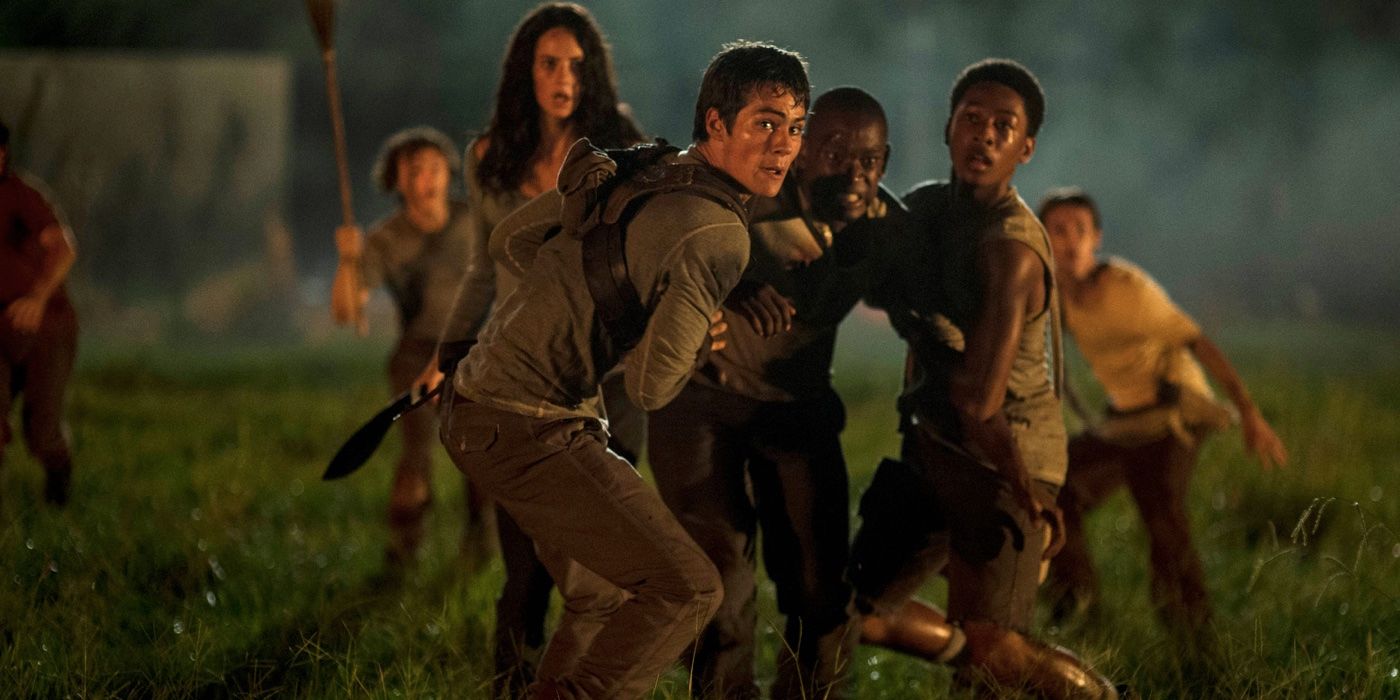
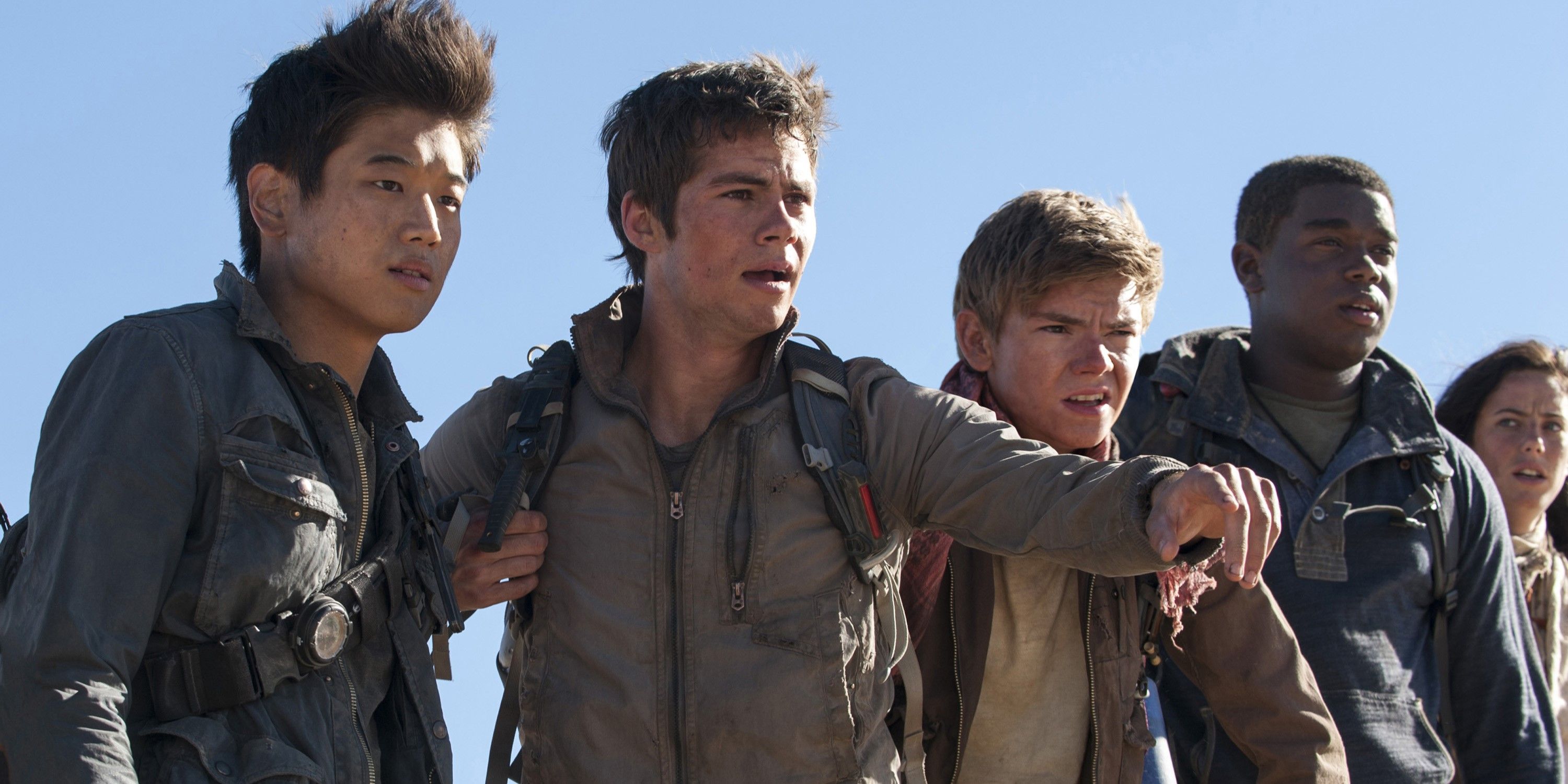
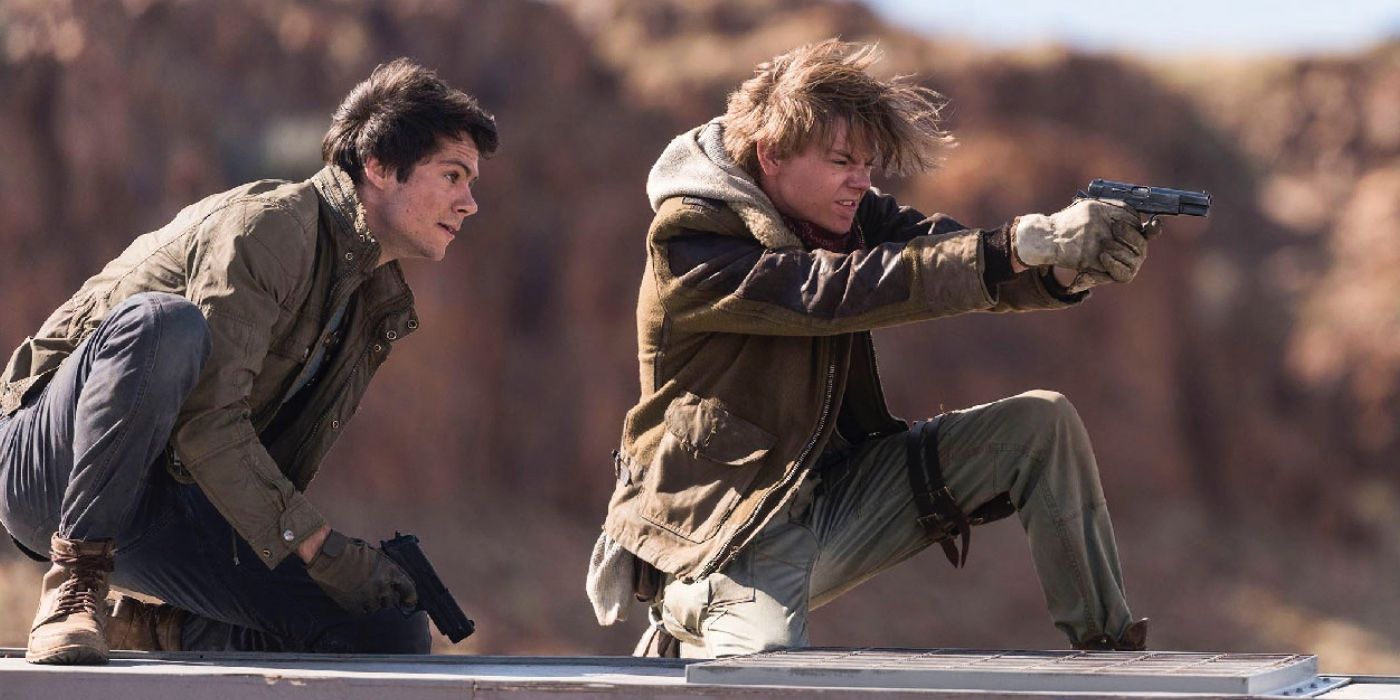
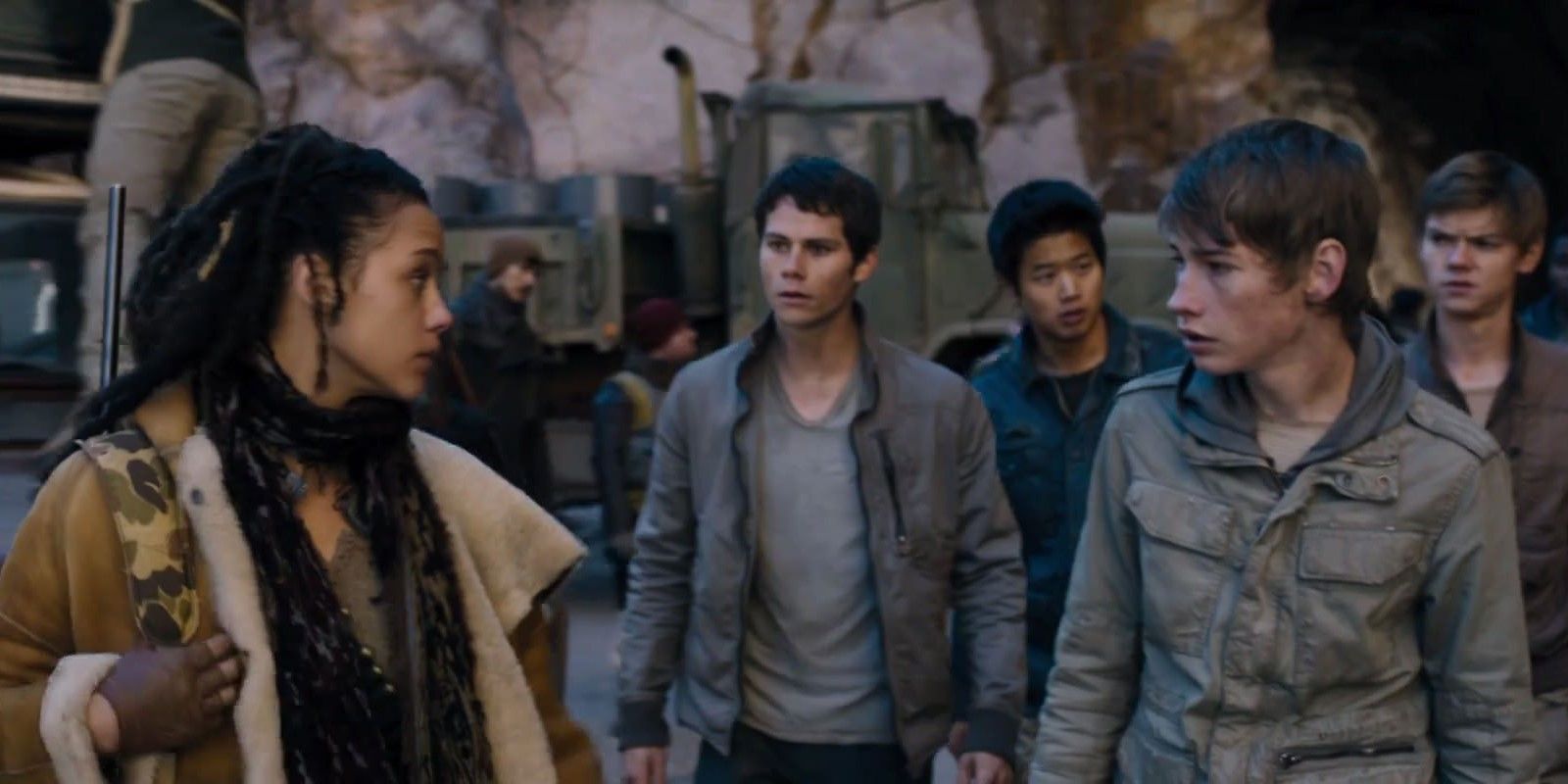
In simpler terms, the first “Maze Runner” movie was an exciting new entry in its genre, presenting a unique perspective to the familiar YA dystopian story that fans had encountered before. The film focused on Thomas (Dylan O’Brien from “Teen Wolf”), who found himself in a maze called the Glade, struggling to find his way through this vast labyrinth while discovering how he and his companions arrived there. The movie skillfully combined elements of mystery and action, creating an engaging plotline for viewers. Upon its release, the film was extremely successful, earning $348 million at the worldwide box office against a production budget of just $34 million.
As a cinephile, I’m proud to say that the movie I was part of made it to the list of top 25 highest-grossing films in 2014. Not only did they greenlight two sequels, but they decided to adapt the remaining books from Dashner’s original trilogy. While there were minor differences between the film and the novel, I think the creators did a commendable job of staying true to the storyline, which resonated with audiences as well.
With the overwhelming success of the first film, we embarked on our next adventure in 2015 with “Maze Runner: Scorch Trials,” which had a production budget of $61 million. In this sequel, my character Thomas and our friends found ourselves rescued from the Glade at the end of the first film, only to realize that we were still under the control of the antagonistic organization, WCKD. After making yet another daring escape, we journeyed across the Scorch in search of the rebellious group known as the Right Arm who could lead us to safety.
| Film | The Maze Runner | Maze Runner: The Scorch Trials | Maze Runner: The Death Cure |
| Release Date | September 19, 2014 | September 18, 2015 | January 26, 2018 |
| IMDb Rating | 6.8 | 6.3 | 6.3 |
| Rotten Tomatoes Score | 66% Tomatometer 68% Audience Score | 49% Tomatometer 54% Audience Score | 43% Tomatometer 58% Audience Score |
As a movie enthusiast, I must admit that “Maze Runner: Scorch Trials” surpassed my expectations, delivering an edge-of-the-seat experience from beginning to end. It was like watching a relentless chase flick, with the protagonist dodging WCKD and the grotesque creatures known as Cranks in numerous action-packed scenes. The movie proved to be a box office hit, raking in $312.3 million. At a time when young adult dystopian genre was on the decline, “Scorch Trials” offered a refreshing perspective, focusing on action and world development.
However, the final installment of the trilogy, “Maze Runner: The Death Cure,” faced quite a few challenges. Firstly, it was released post the conclusion of the “Hunger Games” franchise in 2015, which meant it missed the peak of the YA dystopian wave. Production-wise, there were hurdles as well, with Dylan O’Brien getting injured during a stunt scene, leading to a halt in production before resuming a year later in Cape Town, South Africa.
Regrettably, “The Death Cure” didn’t quite reach the high notes set by its predecessors. It managed to tie up loose ends effectively, but it made significant changes from the original novel that left many fans disappointed. The climax felt rather chaotic with too many action sequences happening simultaneously, making it hard for viewers to keep track. In terms of box office performance, it was a low point for the franchise, earning $288.2 million against a budget of $62 million.
Why the Maze Runner Differed From Its Contemporaries
The Maze Runner Stood Out Among Other YA Dystopians
Although some viewers might compare the Maze Runner trilogy to The Hunger Games, the movies in fact have significant differences. One major disparity lies in the choice of a male protagonist, which was not common in genres typically featuring female leads, such as Divergent’s Tris Prior. It’s well-known that many young adult dystopian films during that period were primarily marketed to teenage girls.
The Maze Runner movie series might have effortlessly captivated teenage boy viewers, potentially enticing them to explore genres further by perhaps watching The Hunger Games and Divergent even if they hadn’t done so previously. One distinctive feature of The Maze Runner that set it apart from its peers was the incorporation of zombies. Though the initial movie did not showcase the Cranks in full force, the subsequent films included sequences reminiscent of The Walking Dead, adding an additional depth to the story beyond the antagonistic oppressive group and the themes already present within that narrative.
The Decline of the YA Genre Affected the Trilogy
The Maze Runner Films Had Bad Timing
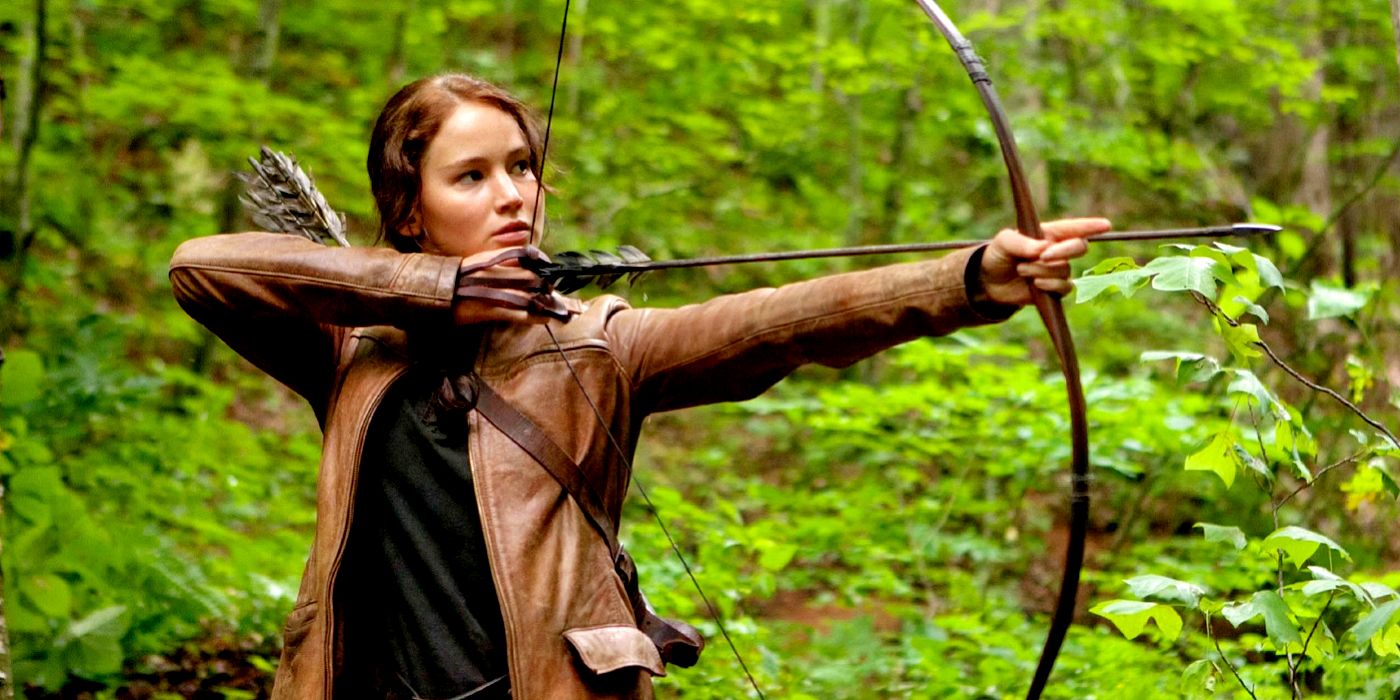
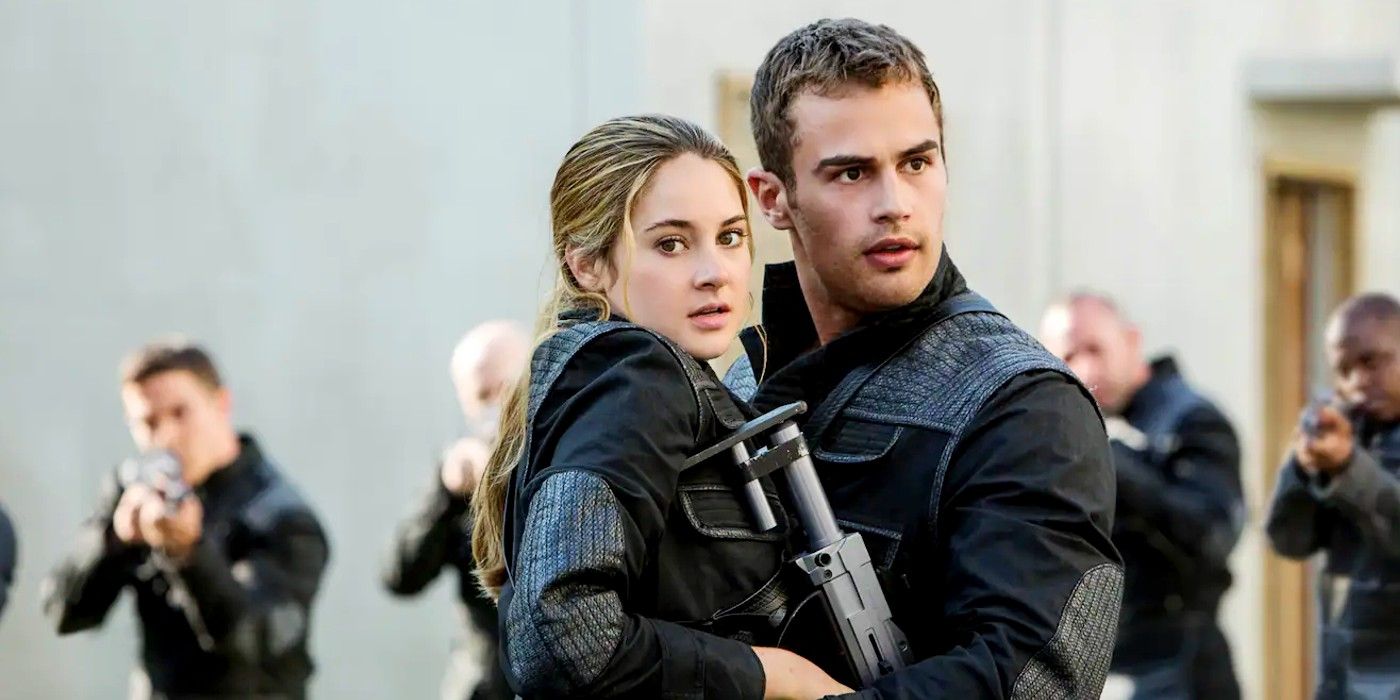


The third “Maze Runner” movie didn’t reach the same level as its predecessors primarily because it came at an unfavorable time. To start, the first movie in the trilogy was launched the same year as “The Hunger Games: Mockingjay Part I” and the initial “Divergent” film, which left audiences a bit tired of the genre. The trilogy had the potential to sustain the excitement following the second movie, but the production delay meant that the third movie arrived three years later. By the time “Death Cure” was released, the peak of the genre had passed, as the final film in the original “Hunger Games” series performed poorly, and the last film of the “Divergent” franchise never went into production.
The franchise failed to meet expectations primarily because its audience had grown beyond it. During the time of Death Cure‘s release, other young adult dystopian films such as The Darkest Minds were also coming out. However, it became apparent that the audience was no longer interested, as Darkest Minds managed to gross only $41.1 million at the box office against a budget of $34 million. It can be inferred that the main cause for The Maze Runner‘s disappointing end was its association with The Hunger Games. Given that The Hunger Games was an enormous success and remains fondly remembered, with another film set to release in 2023 titled The Hunger Games: The Ballad of Songbirds and Snakes, it garnered positive reviews. With a reboot of the Maze Runner franchise currently underway, there’s potential for it to regain some success among fans of the genre who are now able to appreciate the series on its own merits, apart from the hype surrounding it in the early-mid 2010s, and without being constantly compared to The Hunger Games.
Read More
- Clash Royale Best Boss Bandit Champion decks
- Clash Royale December 2025: Events, Challenges, Tournaments, and Rewards
- Best Hero Card Decks in Clash Royale
- Ireland, Spain and more countries withdraw from Eurovision Song Contest 2026
- Clash Royale Witch Evolution best decks guide
- JoJo’s Bizarre Adventure: Ora Ora Overdrive unites iconic characters in a sim RPG, launching on mobile this fall
- Mobile Legends December 2025 Leaks: Upcoming new skins, heroes, events and more
- ‘The Abandons’ tries to mine new ground, but treads old western territory instead
- Clash Royale Furnace Evolution best decks guide
- Mobile Legends November 2025 Leaks: Upcoming new heroes, skins, events and more
2025-05-18 00:52